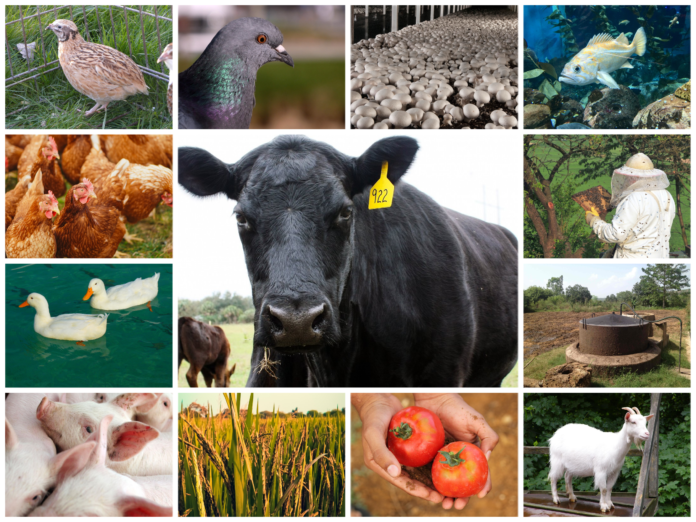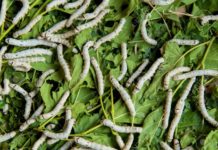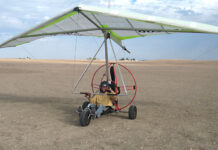Introduction
Integrated farming is a farming system by contemporary exercises involving crop and animal. The main purpose of integrated farming is so that the farming elements support one another; hence, decreasing external inputs. For example, the crop can afford as animal feed for the livestock and the livestock as manure for the crop, nowadays the farmers concentrate mainly on the production of crops which has a high risk of profit. The integrated farming system introduces a change in the farming ways for the highest outcome in the cropping pattern and takes care of the optimal utilization of sources. Integration of various agricultural enterprises like cropping, animal husbandry, fishery, forestry etc, have great potentialities in the agricultural economy.
Different Components of Integrated Farming System
- Field crops
- Vegetables
- Biogas plant
- Apiculture (Bee Keeping)
- Mushroom cultivation
- Duckery
- Livestock integration
- Poultry farming
- Agroforestry (cultivation of trees)
- Piggery
Elements of Integrated Farming System
- Watershed
- Farm ponds
- Biogas
- Biopesticides
- Biofertilizers
- Vermicompost making
- Solar energy
- Green manuring
- Rainwater harvesting
Models of Integrated Farming System
- Agriculture and livestock
- Piggery and aquaculture
- Agriculture and silvopasture
- Sericulture and aquaculture
- Agriculture, aquaculture and mushroom cultivation
- Agriculture, duckery and poultry
- Poultry and Aquaculture
- Goat and poultry
Ecosystem
Dry land
- Diary
- Goat or Sheep
- Agroforestry
- Farm pond
Garden land
- Dairy
- Poultry
- Mushroom cultivation
- Apiary
- Piggery
- Sericulture
Wet land
- Dairy
- Poultry
- Mushroom cultivation
- Apiary
- Aquaculture
- Duckery
Examples for Integrated Farming System
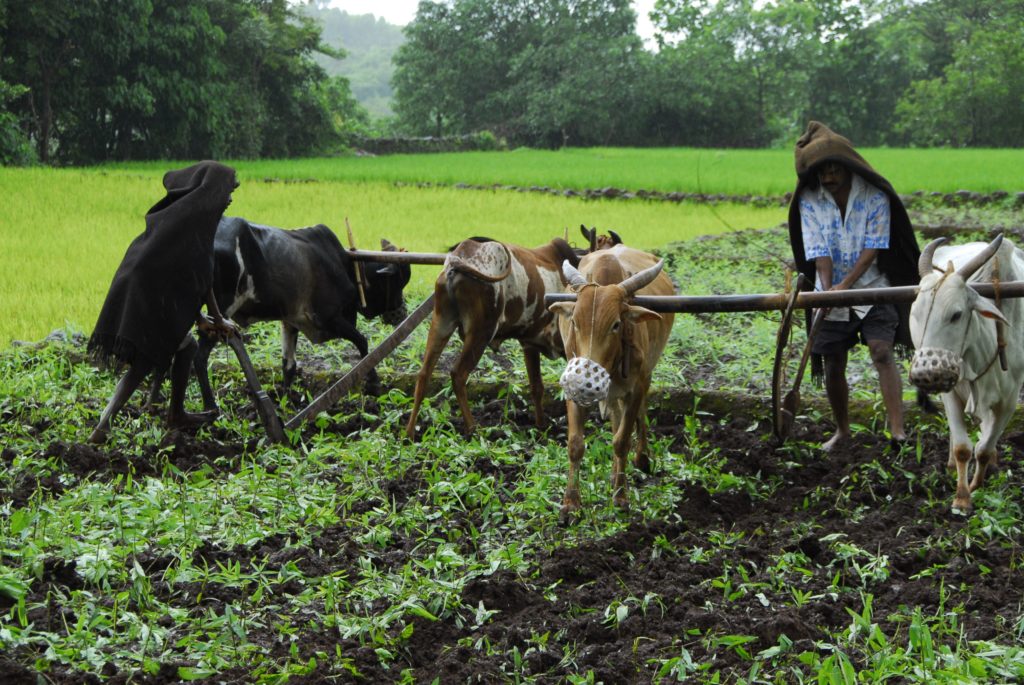
Agriculture and livestock integrated farming system were commonly following method in India. For example, Paddy field and cow/bulls we use bulls to plough the land and they were fed by the excess of crops and weeds, we also use cows to get milk and we use their wastes as manure to fields.
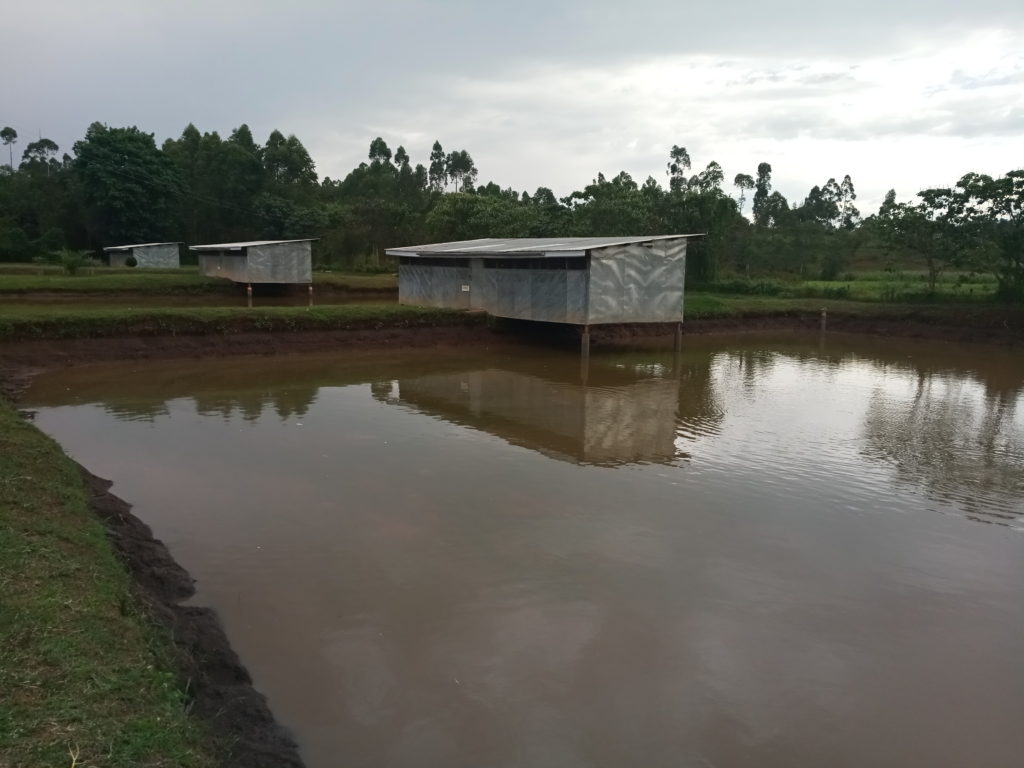
We can put a stage upon the aquaculture pond in it we can have poultry, piggery and sericulture. If we keep those sectors above the fishery pond, we can use their waste as the food for fishes and the humidity will protect the above divisions and we can also use the pond water to agriculture.

We can make a row on the land and allot the above row to goats and a bottom row for hens, here the goat’s waste will spill down and this will be made as a portion of food for hens.
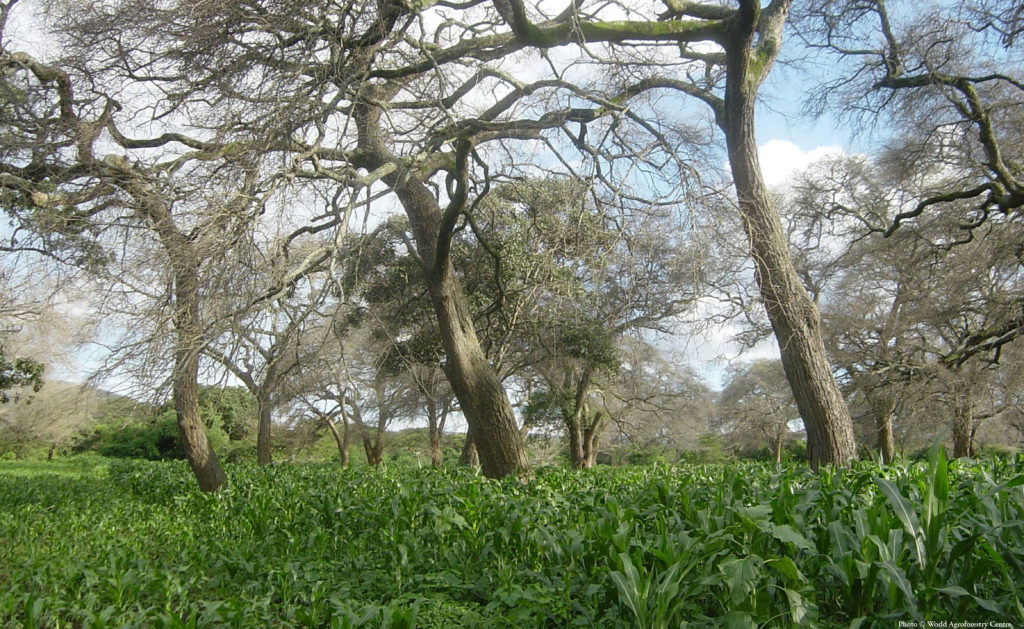
Agriculture and Silvopasture
We can plant crops in between to trees
Advantages of Integrated Farming System
- More eminent food production to balance the demand of the exploding population of our nation
- Increase farm profit through proper trash recycling and allied components
- Sustainable soil richness and productivity through organic waste recycling
- Integration of related activities will result in the availability of nutritious food improved with protein, carbohydrate, fat, minerals and vitamins
- Integrated farming will help in environmental protection through effective recycling of waste from animal activities like piggery, poultry and pigeon rearing
- The reduced production cost of components through input recycling from the byproducts of allied enterprises
- Fixed income within the products like egg, milk, mushroom, vegetables, honey and silkworm cocoons from the connected activities in integrated farming
- Inclusion of biogas & agroforestry in the integrated farming system will solve the prognosticated energy crisis
- Cultivation of food crops as intercropping and as border cropping will result in the availability of adequate nutritious fodder for animal components like a milch cow, goat/sheep, pig and rabbit
- Firewood and construction wood requirements could be met from the agroforestry system without affecting the natural forest
- Avoidance of soil loss through erosion by agro-forestry and proper cultivation of each part of the land by integrated farming
- Generation of regular employment for the farm family members of small and marginal farmers.


